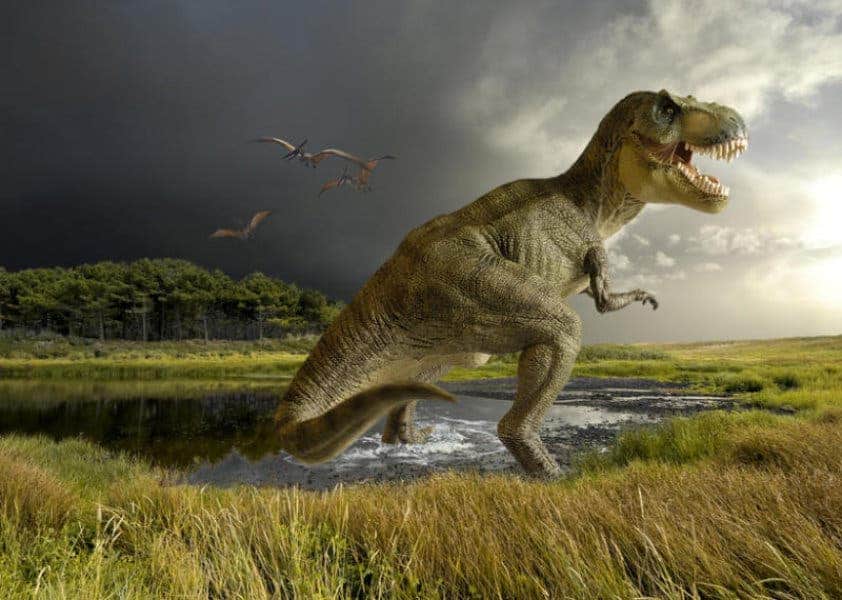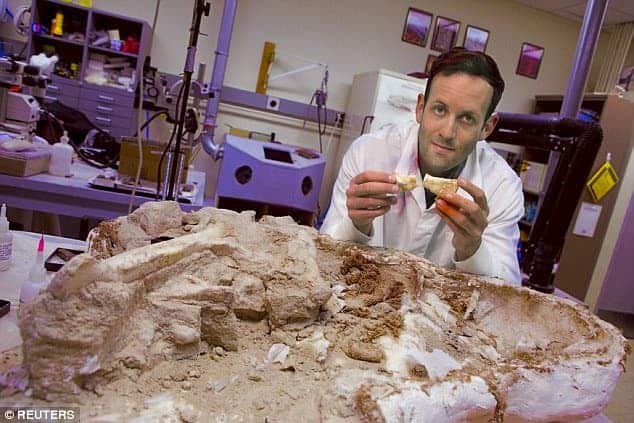New controversial research concluded that dinosaurs weren’t the cold blooded lizards we tend to see them today – instead, they had much in common with mammals, and were warm blooded.

Dinosaurs first emerged in the Triassic, 231.4 million years ago, and were the dominant terrestrial vertebrates for 135 million years, from the beginning of the Jurassic (about 201 million years ago) until the end of the Cretaceous (66 million years ago). We tend to think of dinosaurs as giant lizards, but the truth may be more complicated (and surprising) than that.
“Upon re-analysis, it was apparent that dinosaurs weren’t just somewhat like living mammals in their physiology — they fit right within our understanding of what it means to be a ‘warm-blooded’ mammal,” author Michael D’Emic, a Stony Brook University paleontologist, said in a press release.
Dinosaur blood is a controversial issue; in 2011, CalTech researchers proposed the same thing – that dinosaurs were warm-blooded, and the study was met both praised and contradicted by other paleontologists. Now, more and more analysis seems to back that idea up. For this study, D’emic re-analyzed a huge dataset published in a previous study on growth and metabolism of hundreds of living animals, a dataset which he calls “remarkable” and “unprecedented”.
The first question mark arose from studying growth rates.
“This is problematic,” D’Emic said, “because many animals do not grow continuously throughout the year, generally slowing or pausing growth during colder, drier, or otherwise more stressful seasons. Therefore, the previous study underestimated dinosaur growth rates by failing to account for their uneven growth. Like most animals, dinosaurs slowed or paused their growth annually, as shown by rings in their bones analogous to tree rings.”
Seasonal environments and extreme circumstances could also impact growth.

The other aspect is rather straightforward, and was discussed before: birds evolved from some dinosaurs, and birds are warm blooded, so why wouldn’t dinosaurs:
“Separating what we commonly think of as ‘dinosaurs’ from birds in a statistical analysis is generally inappropriate, because birds are dinosaurs–they’re just the dinosaurs that haven’t gone extinct,” D’emic added.
His conclusions were actually based on a previous study published in Science, which found that dinosaurs were neither warm or cold blooded, but instead occupied a middle position and were mesotherms. But the authors of the original study stand by their initial conclusions.
“We disagree with his central criticisms and we emphasize that all of our original conclusions stand,” said University of New Mexico biologist John Grady. “Comparing dinosaur growth with the observed growth rate of living vertebrates clearly shows that non-avian dinosaurs were mesotherms,” added Grady, using the term for an intermediate metabolism.
But D’Emic raised another point, that of adaptations to overheating.
“The Earth was generally warmer during the time of the dinosaurs, and so overheating could have been a problem for them. However, most large dinosaurs had some hollow, air-filled bones in their skeleton and likely had large air sacs in other parts of their bodies, just like birds today,” D’Emic said.
If he is right in his theory, then this means we have to re-evaluate what we think about ornaments that some dinosaurs had, like the spinal sails of the Stegosaurus. But either way, the idea of cold blooded dinosaurs seems less and less likely.
Another interesting aspect of this study is that it might provide new insight into the growth and development of human bones, including treating diseases such as osteoporosis.






